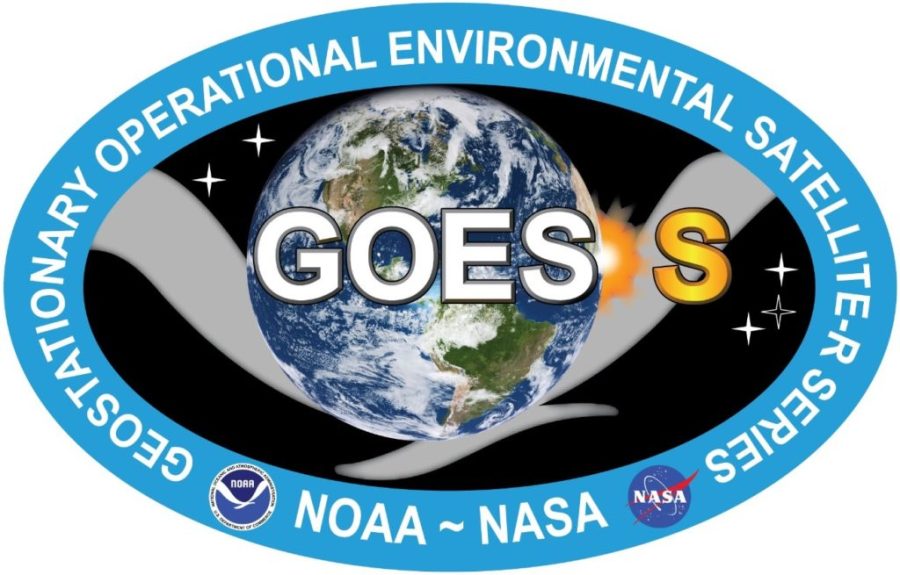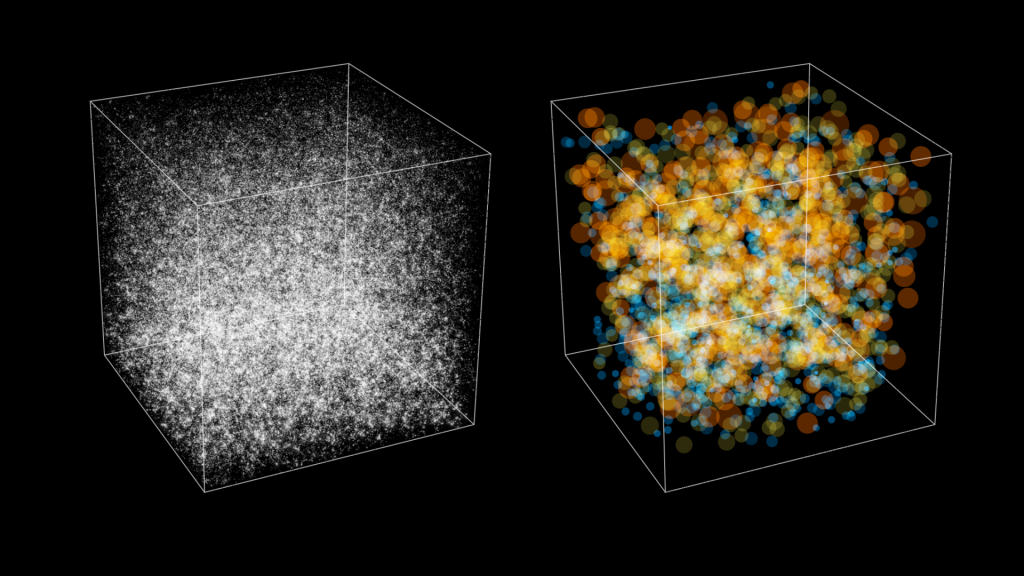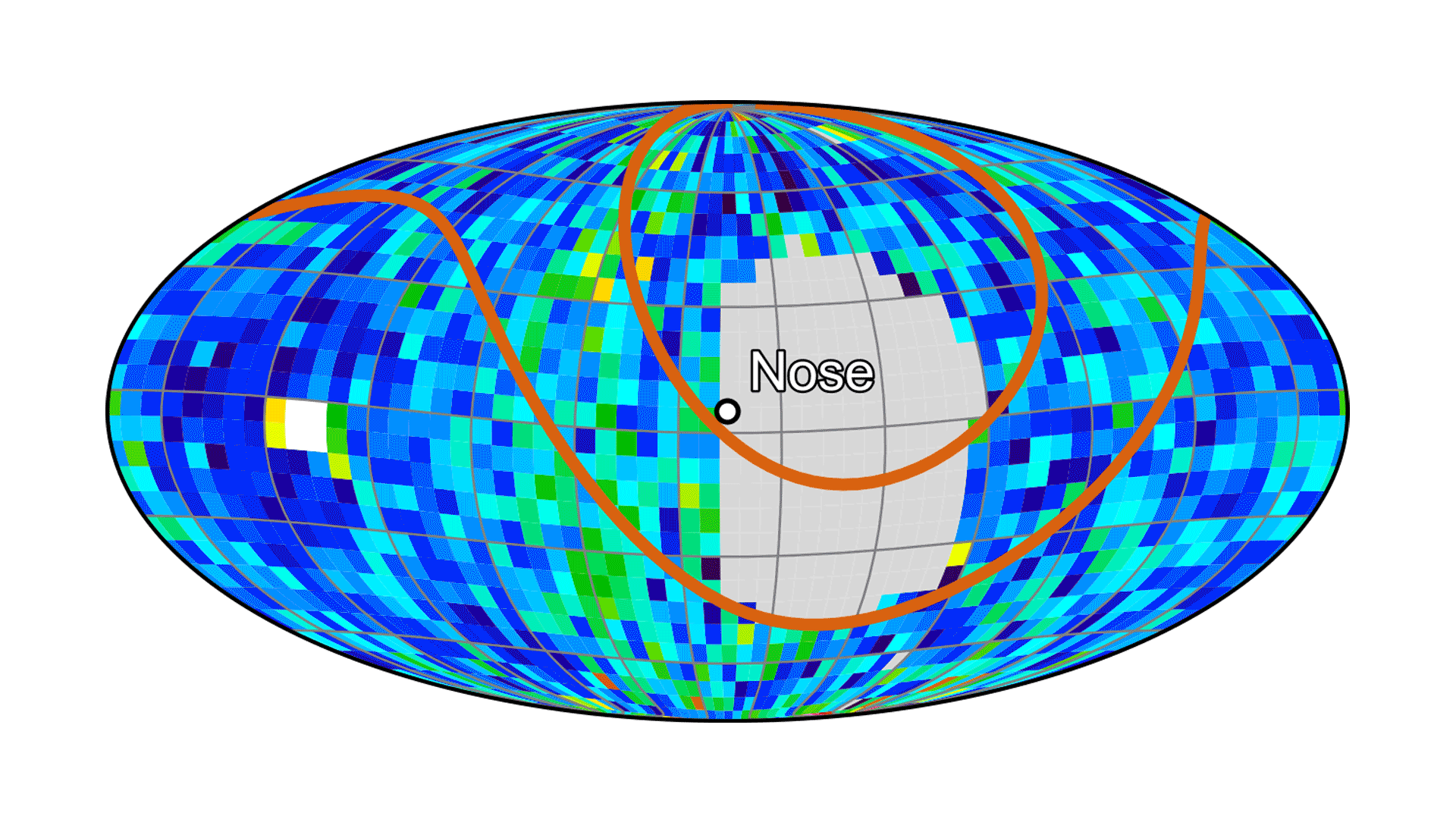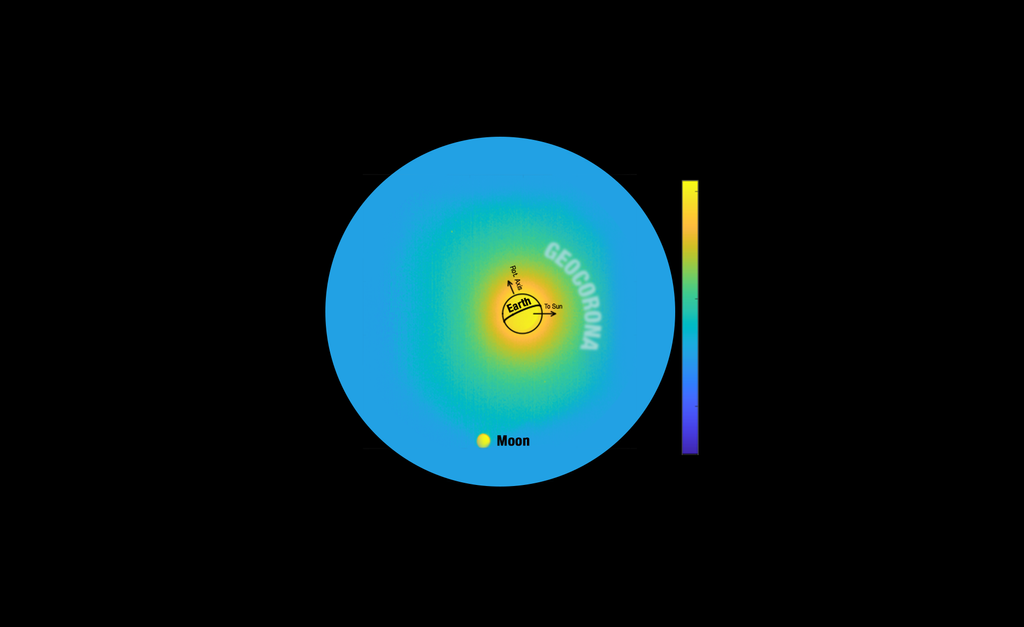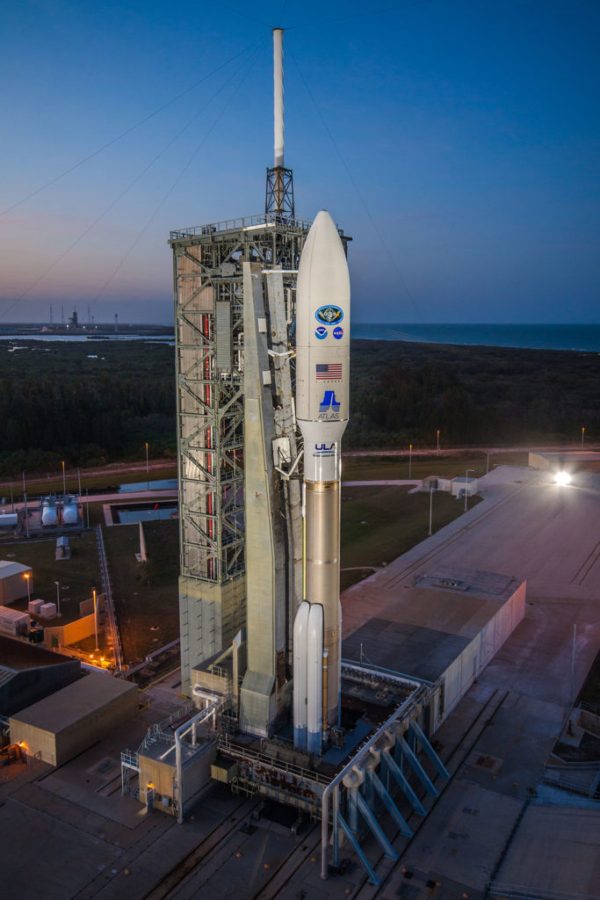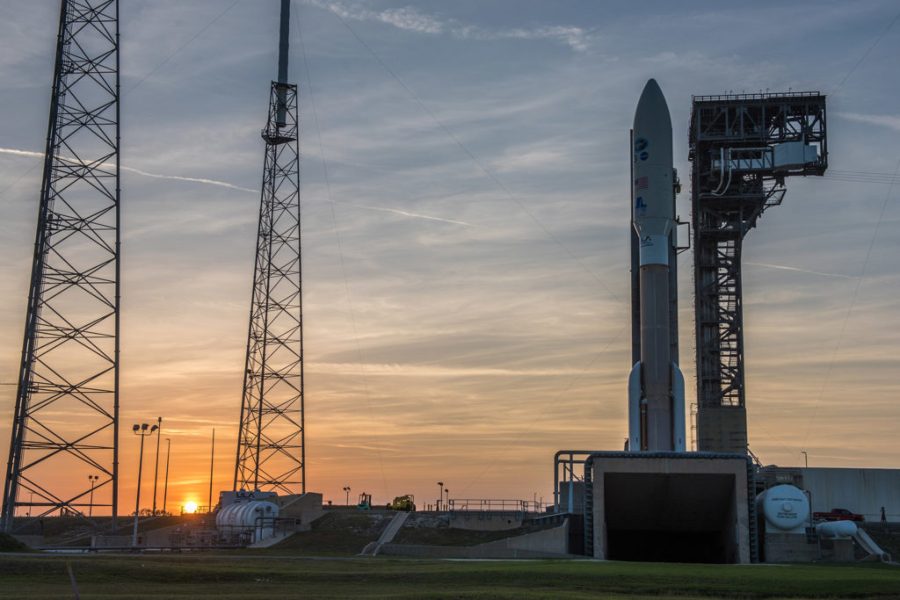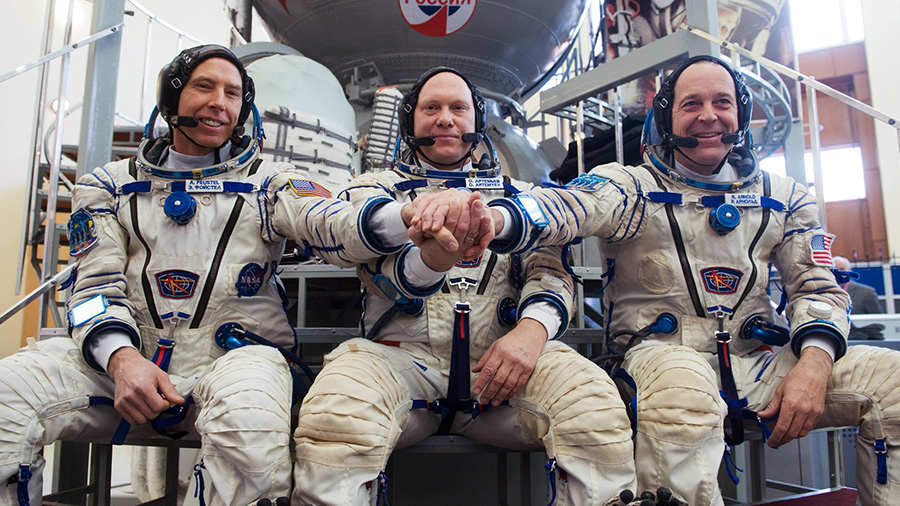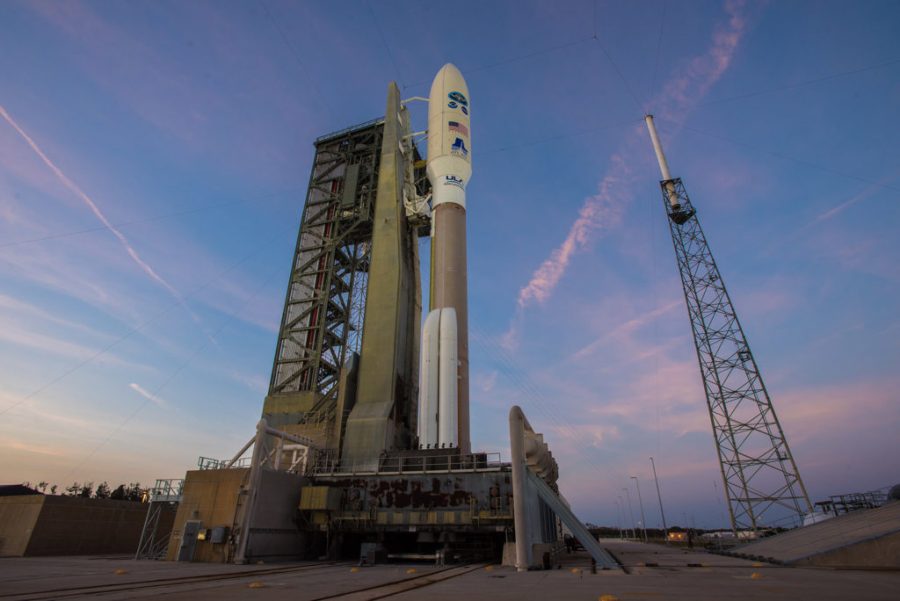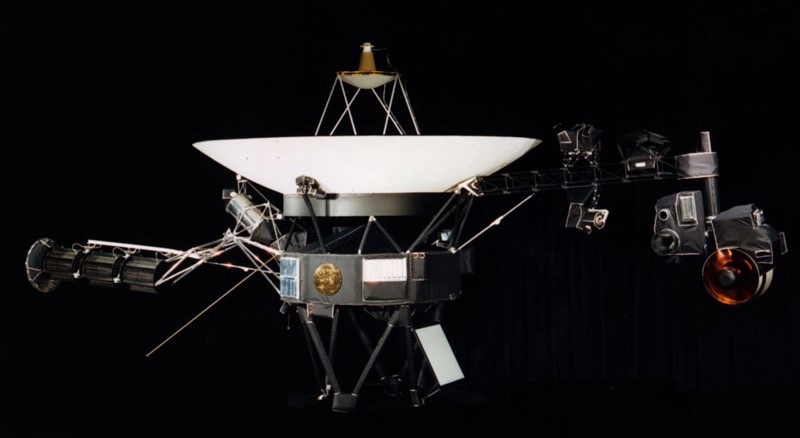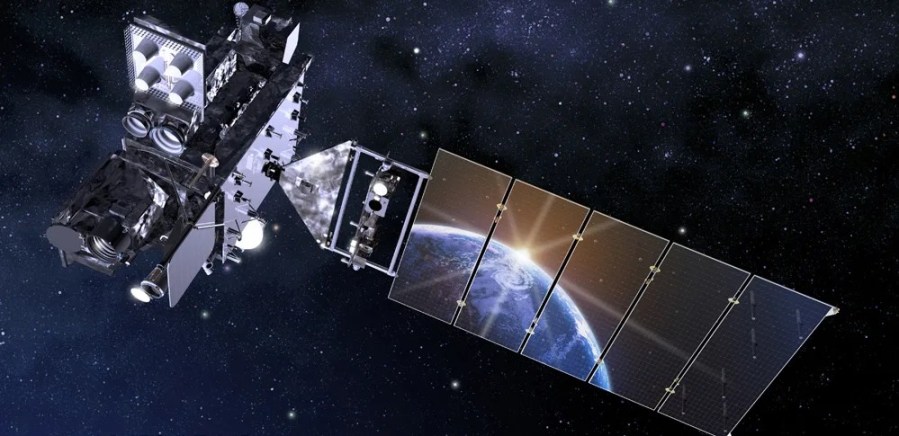NOAA’s Geostationary Operational Environmental Satellite-S (GOES-S) is the second in the GOES-R Series of weather satellites that includes GOES-R (now named GOES-16), -S, -T and -U. The GOES-S satellite will be renamed GOES-17 when it reaches geostationary orbit. Once the satellite is declared operational, late this year, it will occupy NOAA’s GOES-West position and provide …
The GOES-S Mission
